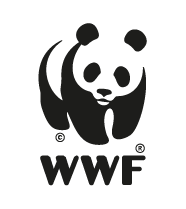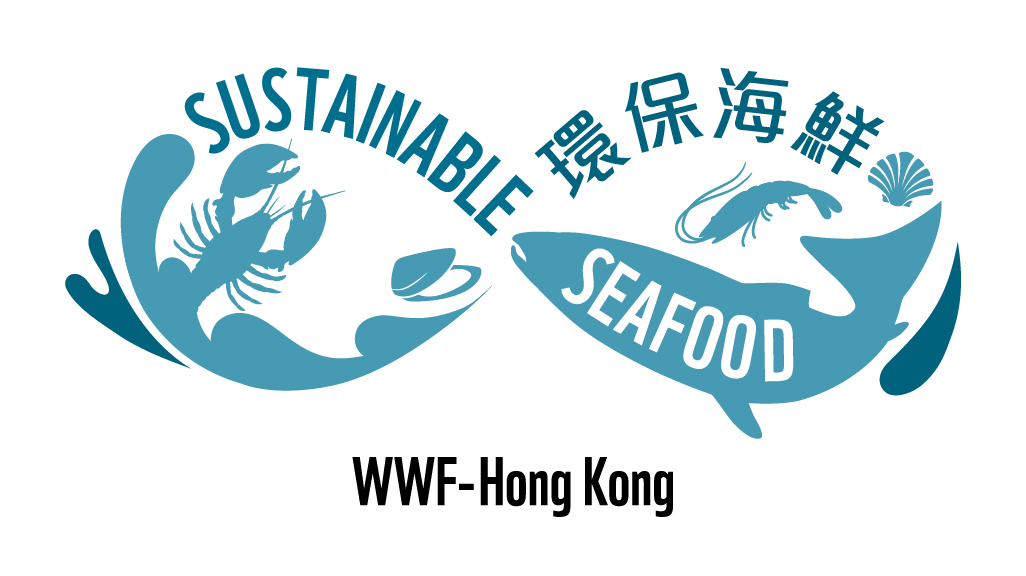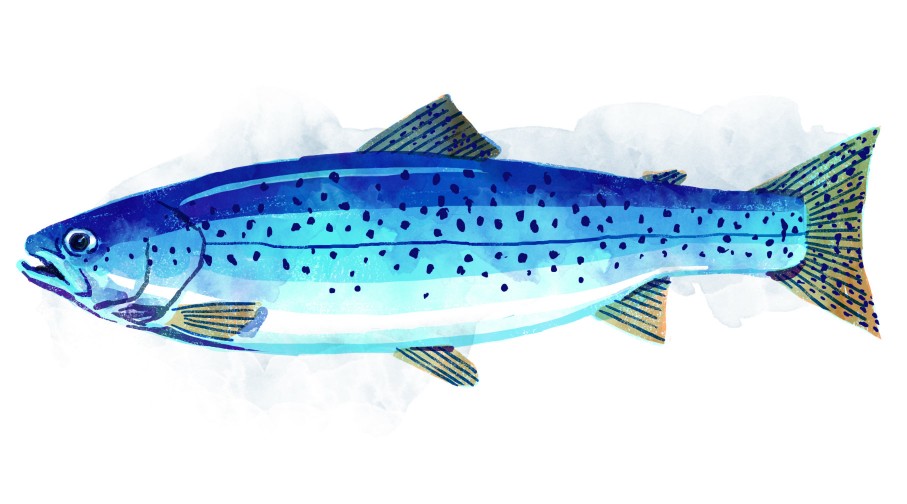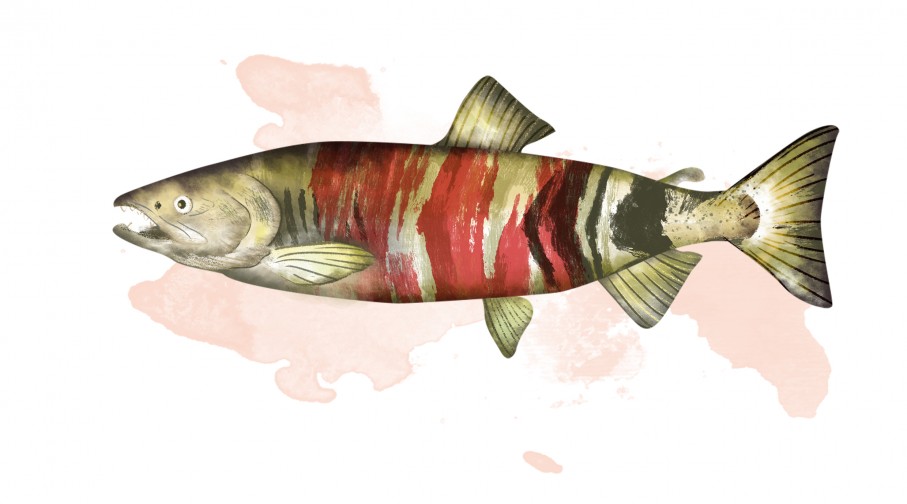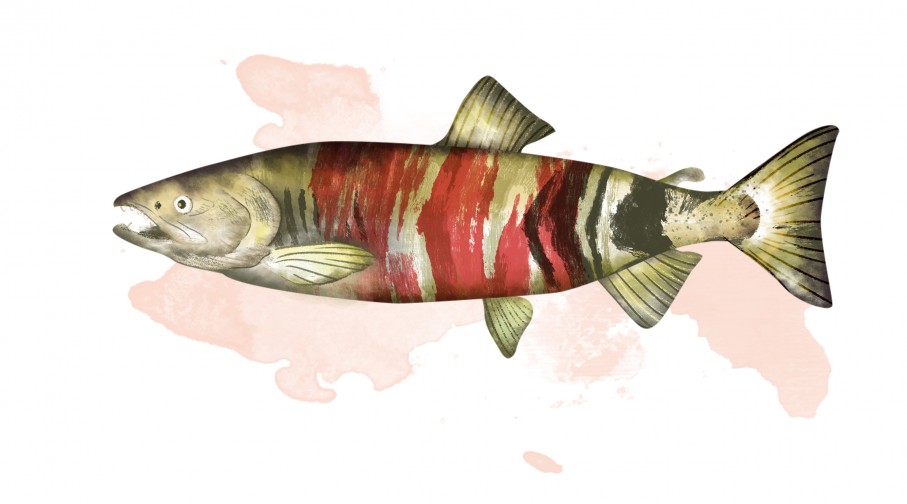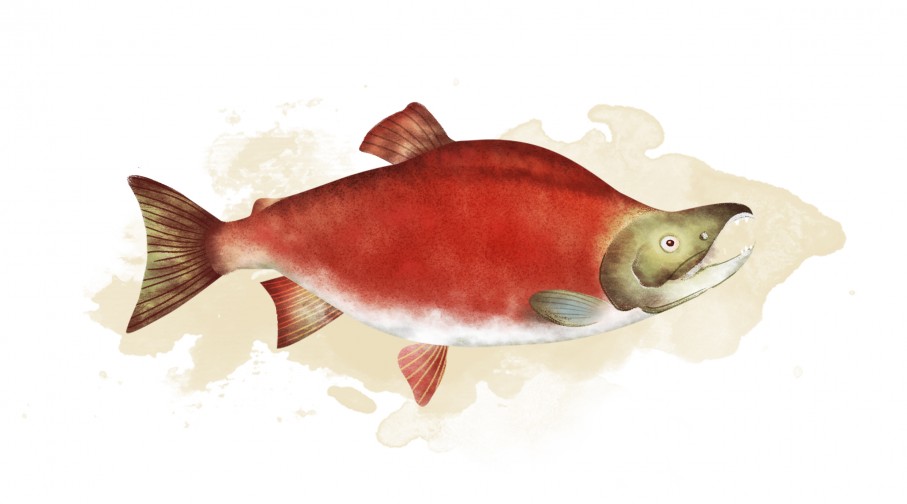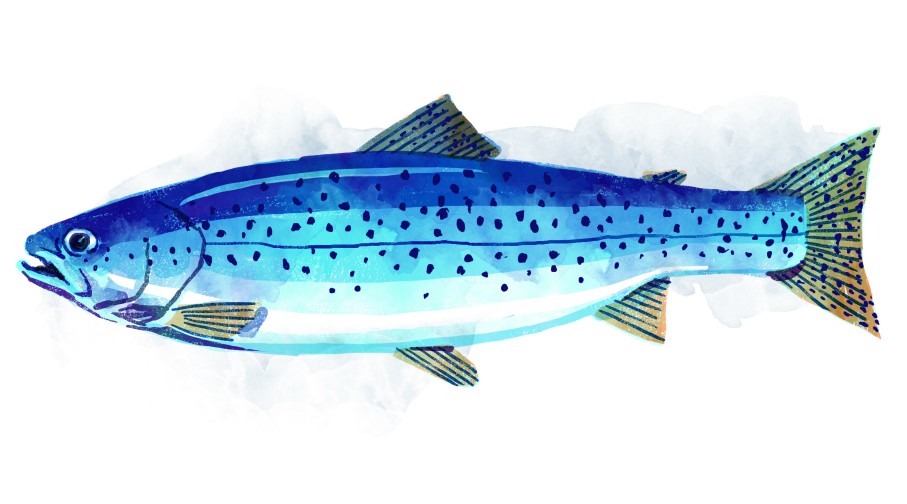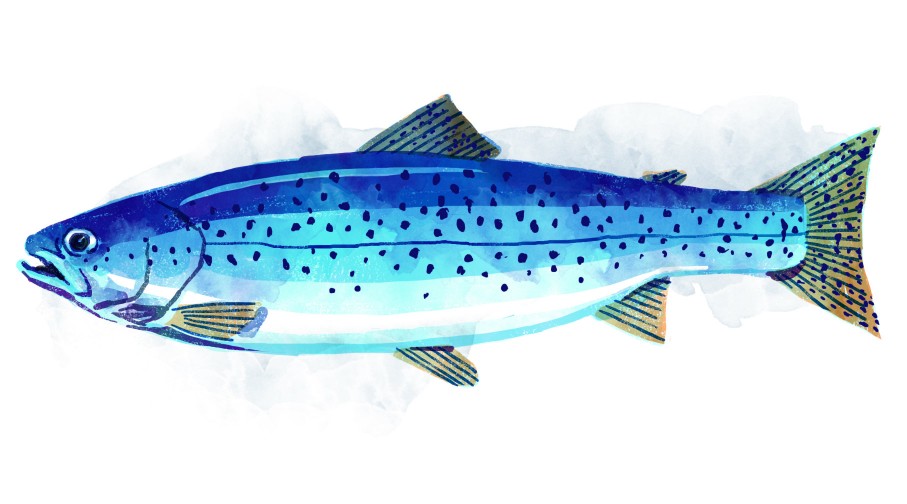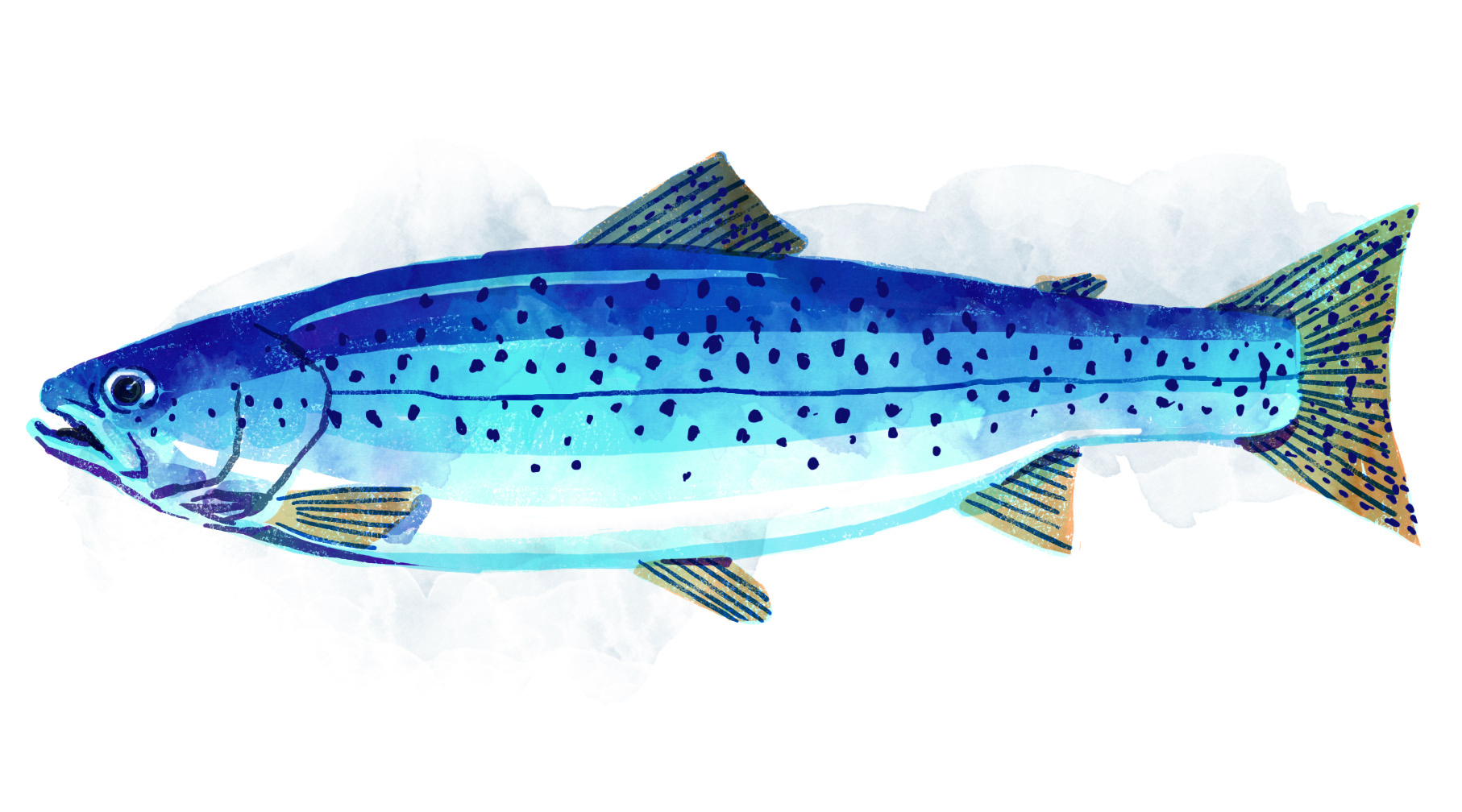
Hatchery-based
This species is carnivorous. They consume manufactured compound feeds. The fish-in-fish-out ratio is low, meaning that quite a low volume of fish is input into this farming system as feed to produce one kilogram of salmon. Traceability systems and policy are in place for feed components.
This production method is an open net-pen system that directly interacts with the marine environment, including high waste discharge and possible effects on the environment and ecosystem functions. Uneaten feed and faeces can dissolve freely into the surrounding marine environment, it can pollute the surrounding aquatic area. Escapes can have negative impact on native fish by spreading of pathogens and disease.
Despite an advanced legislative framework for aquaculture operations in Chile, enforcement and controls are still weak partly due to remote production sites, and infections are still occurring. Further, large escape is one of the challenges and continue to appear in Chile. In spite of a comprehensive area-based management system, the high density of production continues to be a cause of concern regarding the environmental carrying capacity. The overall management is marginally effective.
